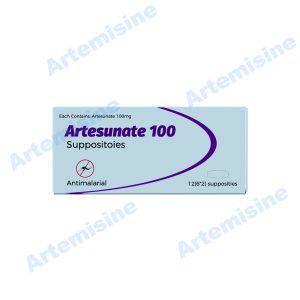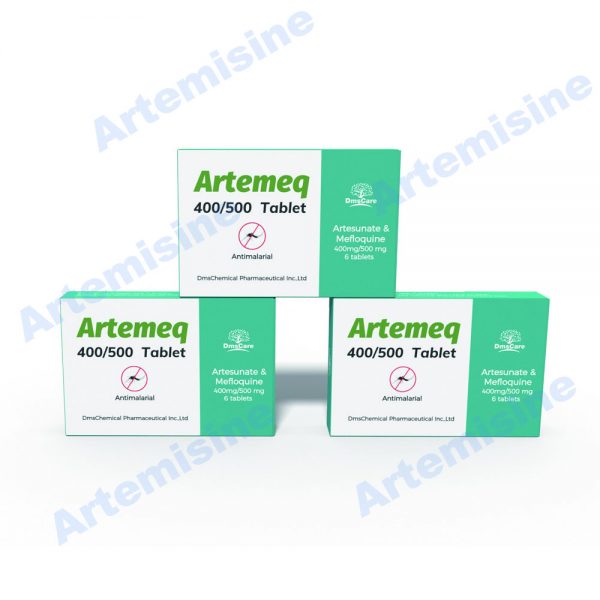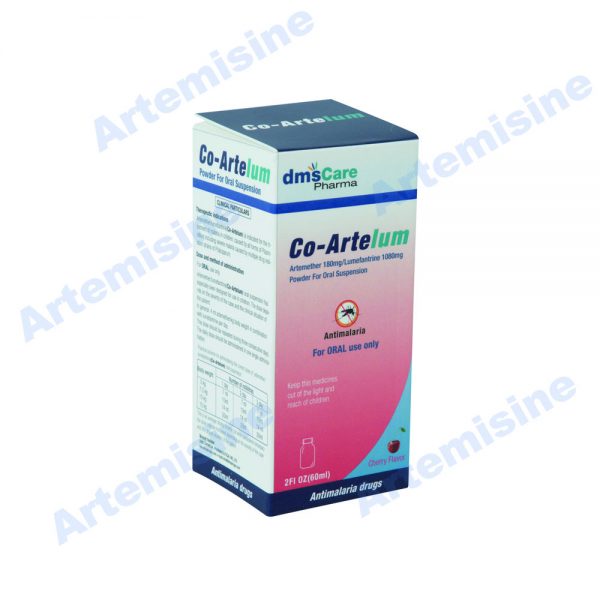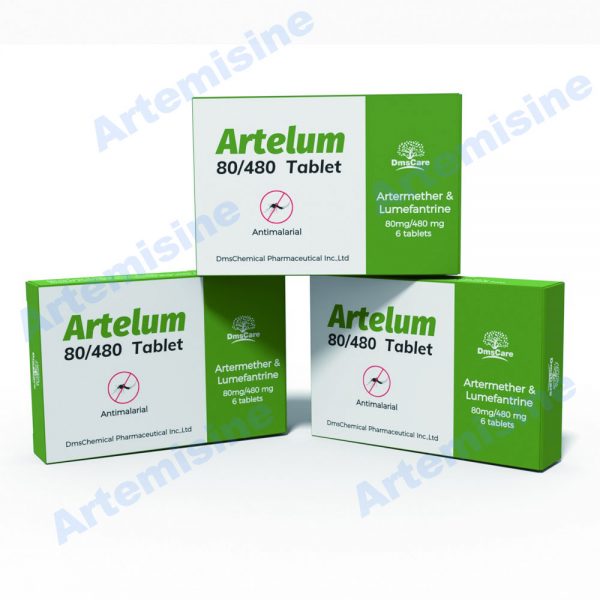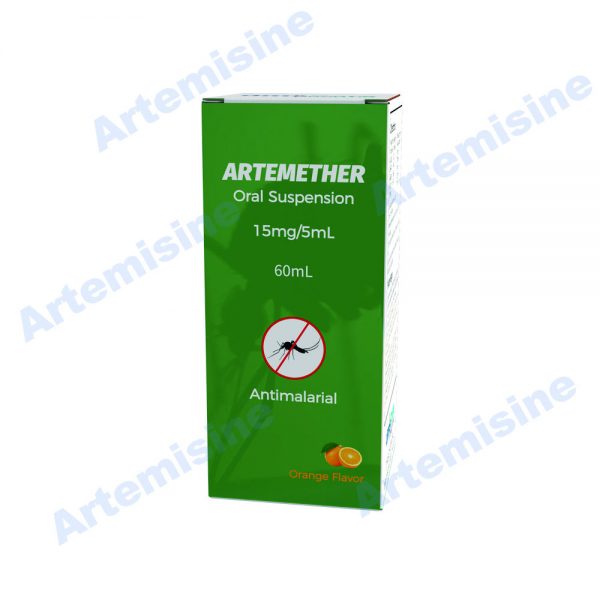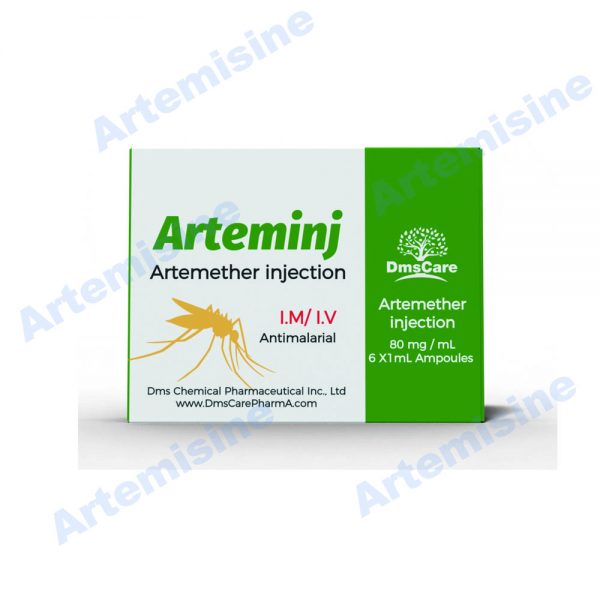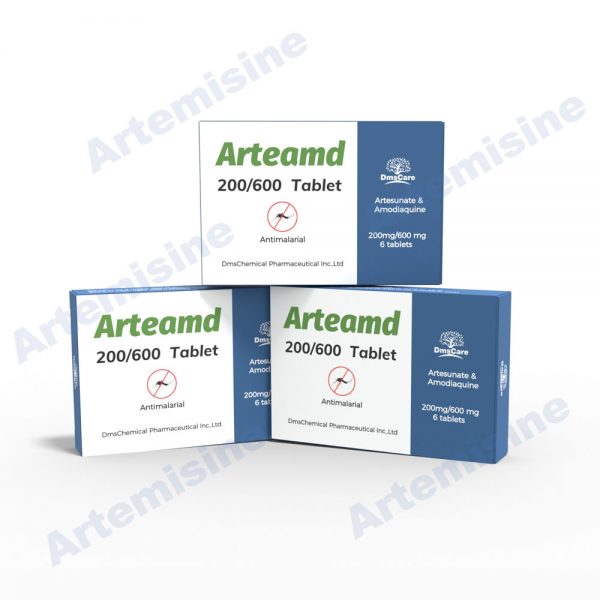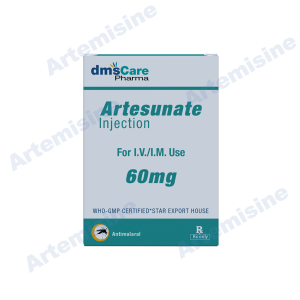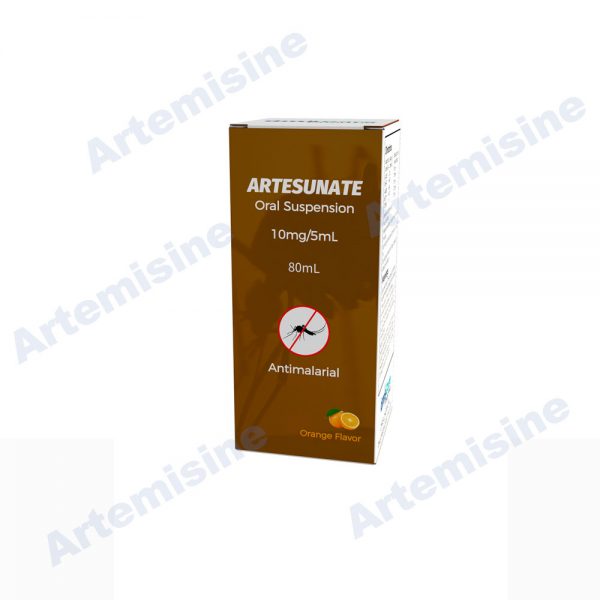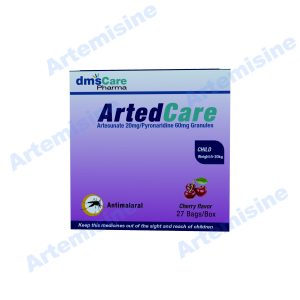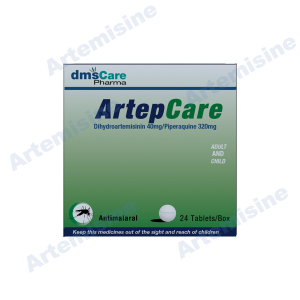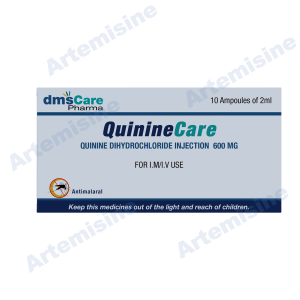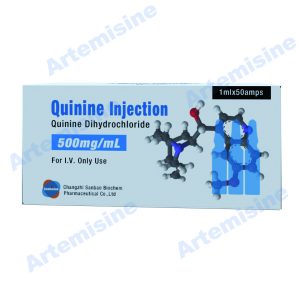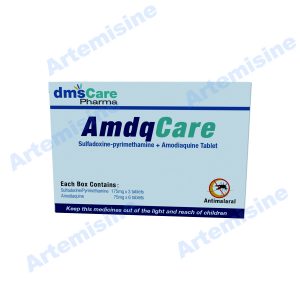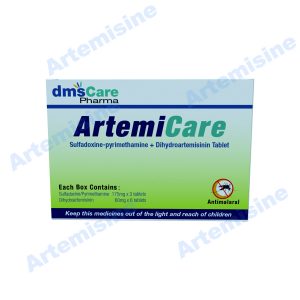
Product Description

Definitions and symptoms
Malaria is caused in humans by five species of single-cell, eukaryotic Plasmodium parasites (mainly Plasmodium falciparum and Plasmodium vivax) that are transmitted by the bite of Anopheles mosquitoes. In humans, malaria parasites grow and multiply first in the liver cells and then exponentially in the red blood cells. It is the blood stage of the parasite lifecycle that causes the symptoms of malaria in humans. Malaria is usually classified as asymptomatic, uncomplicated or severe.
Asymptomatic malaria can be caused by all Plasmodium species; the patient has circulating parasites but no symptoms. Uncomplicated malaria can be caused by all Plasmodium species. Symptoms generally occur 7-10 days after the initial mosquito bite. Symptoms are non-specific and can include fever, moderate to severe shaking chills, profuse sweating, headache, nausea, vomiting, diarrhoea and anaemia, with no clinical or laboratory findings of severe organ dysfunction. Severe malaria is usually caused by infection with Plasmodium falciparum, though less frequently can also be caused by Plasmodium vivax or Plasmodium knowlesi. Complications include severe anaemia and end-organ damage, including coma (cerebral malaria), pulmonary complications (for example, oedema and hyperpnoeic syndrome) and hypoglycaemia or acute kidney injury. Severe malaria is often associated with hyperparasitaemia and is associated with increased mortality.
Malaria facts & statistics
Each year, the World Health Organization’s World Malaria Report assesses global and regional malaria trends, highlights progress towards global targets, and describes opportunities and challenges in controlling and eliminating the disease. Below are some of the highlights from the most recent report.
- Malaria can kill within 24 hours of symptom onset.
- Globally, there were an estimated 247 million malaria cases in 2021 in 84 malaria endemic countries (including the territory of French Guiana), an increase from 245 million in 2020, with most of this increase coming from countries in the WHO African Region. In 2015, the baseline year of the Global technical strategy for malaria 2016–2030 (GTS), there were an estimated 230 million malaria cases.
- Globally, malaria deaths reduced steadily over the period 2000–2019, from 897 000 in 2000 to 577 000 in 2015 and to 568 000 in 2019. In 2020, malaria deaths increased by 10% compared with 2019, to an estimated 625 000. Estimated deaths declined slightly in 2021 to 619 000. Between 2019 and 2021, there were 63 000 deaths that were due to disruptions to essential malaria services during the COVID-19 pandemic.
- The percentage of total malaria deaths in children aged under 5 years reduced from 87% in 2000 to 76% in 2015. Since then there has been no change.
- About 96% of malaria deaths globally were in 29 countries. Four countries accounted for just over half of all malaria deaths globally in 2021: Nigeria (31%), the Democratic Republic of the Congo (13%), the Niger (4%) and the United Republic of Tanzania (4%).
- In 2021, in 38 moderate and high transmission countries in the WHO African Region, there were an estimated 40 million pregnancies, of which 13.3 million (32%) were exposed to malaria infection during pregnancy.
Lifecycle of malaria parasite
Malaria parasites spread by successively infecting two types of hosts: female Anopheles mosquitoes and humans. See an animated PowerPoint slide of the malaria parasite lifecycle.
- At the same time as she takes a blood meal to nourish her eggs, the female Anopheles mosquito injects sporozoites into the blood stream of malaria’s next victim.
- The sporozoites are rapidly taken up by the liver cells. In all species of Plasmodium, these parasites develop to form schizonts (the multinucleate stage of the cell during asexual reproduction), from which several thousand merozoites develop.
- In Plasmodium vivax and Plasmodium ovale only, a proportion of the liver-stage parasites (known as hypnozoites) remain dormant in the hepatocytes. In this stage the parasite can remain dormant for months or several years. These two species of parasite can therefore initiate a cycle of asexual reproduction causing clinical symptoms in the absence of a new mosquito bite, giving P. vivax infection the name relapsing malaria.

- When the liver cells rupture, the merozoites are released into the bloodstream where they rapidly invade the red blood cells. These blood-stage parasites replicate asexually – rapidly attaining a high parasite burden and destroying each red blood cell they infect, leading to the clinical symptoms of malaria.
- The trigger is as yet unknown, but a small percentage of merozoites, differentiate into male and female gametocytes, which are taken up by the mosquito in her blood meal. It is these gametocytes that cause the cycle of transmission to continue back to the mosquito.
- Male and female gametocytes fuse within the mosquito forming diploid zygotes, which in turn become ookinetes.
- These ookinetes migrate to the midgut of the insect, pass through the gut wall and form the oocysts. Meiotic division of the oocysts occur and sporozoites are formed, which then migrate to the salivary glands of the female Anopheles mosquito ready to continue the cycle of transmission back to man.
5 species of Plasmodium parasites
Malaria is caused by protozoan parasites of the genus Plasmodium – single-celled organisms that cannot survive outside of their host(s). Plasmodium falciparum is responsible for the majority of malaria deaths globally and is the most prevalent species in sub-Saharan Africa. The remaining species are not typically as life threatening as P. falciparum. Plasmodium vivax, is the second most significant species and is prevalent in Southeast Asia and Latin America. P. vivax and Plasmodium ovale have the added complication of a dormant liver stage, which can be reactivated in the absence of a mosquito bite, leading to clinical symptoms.
